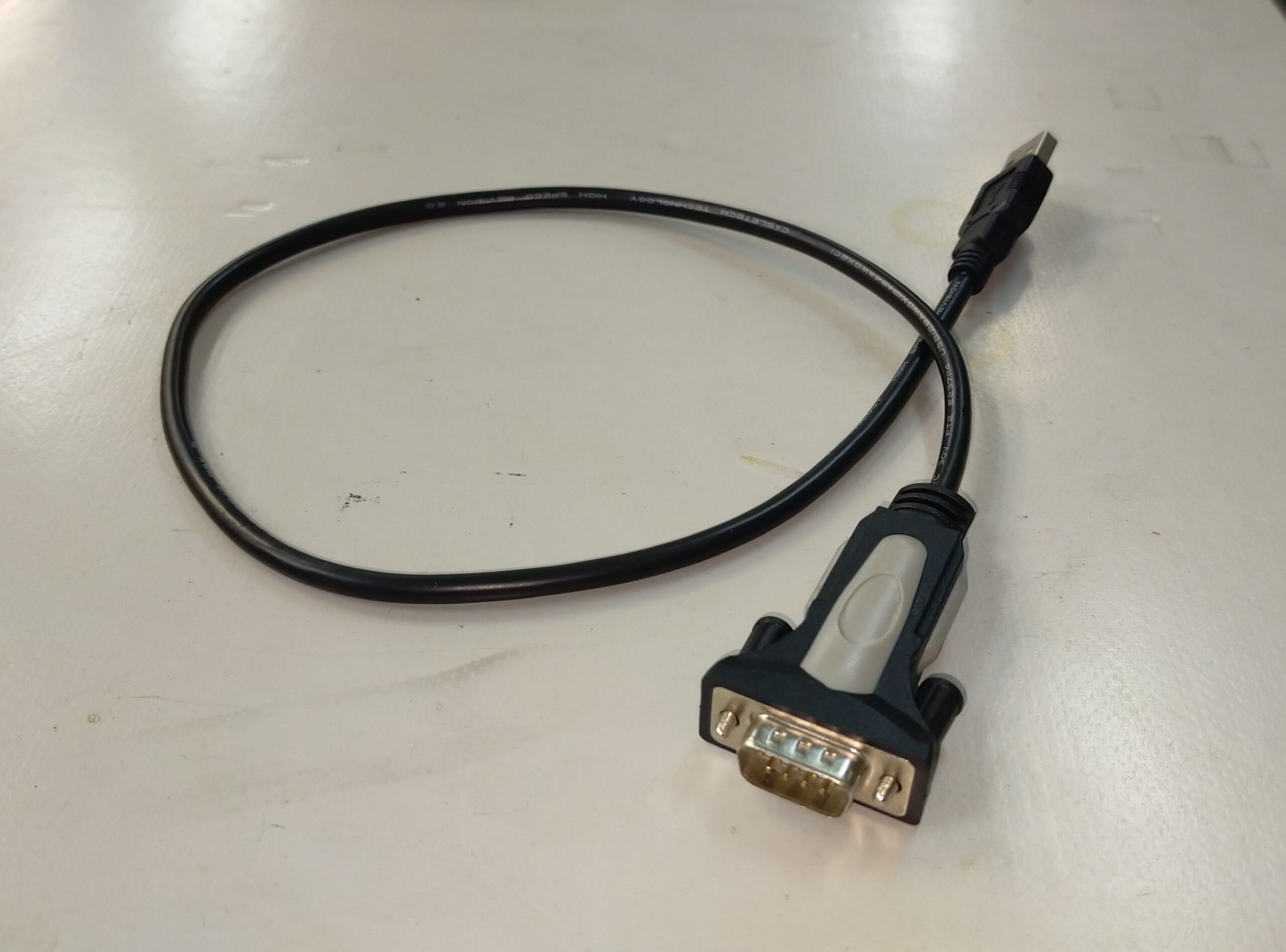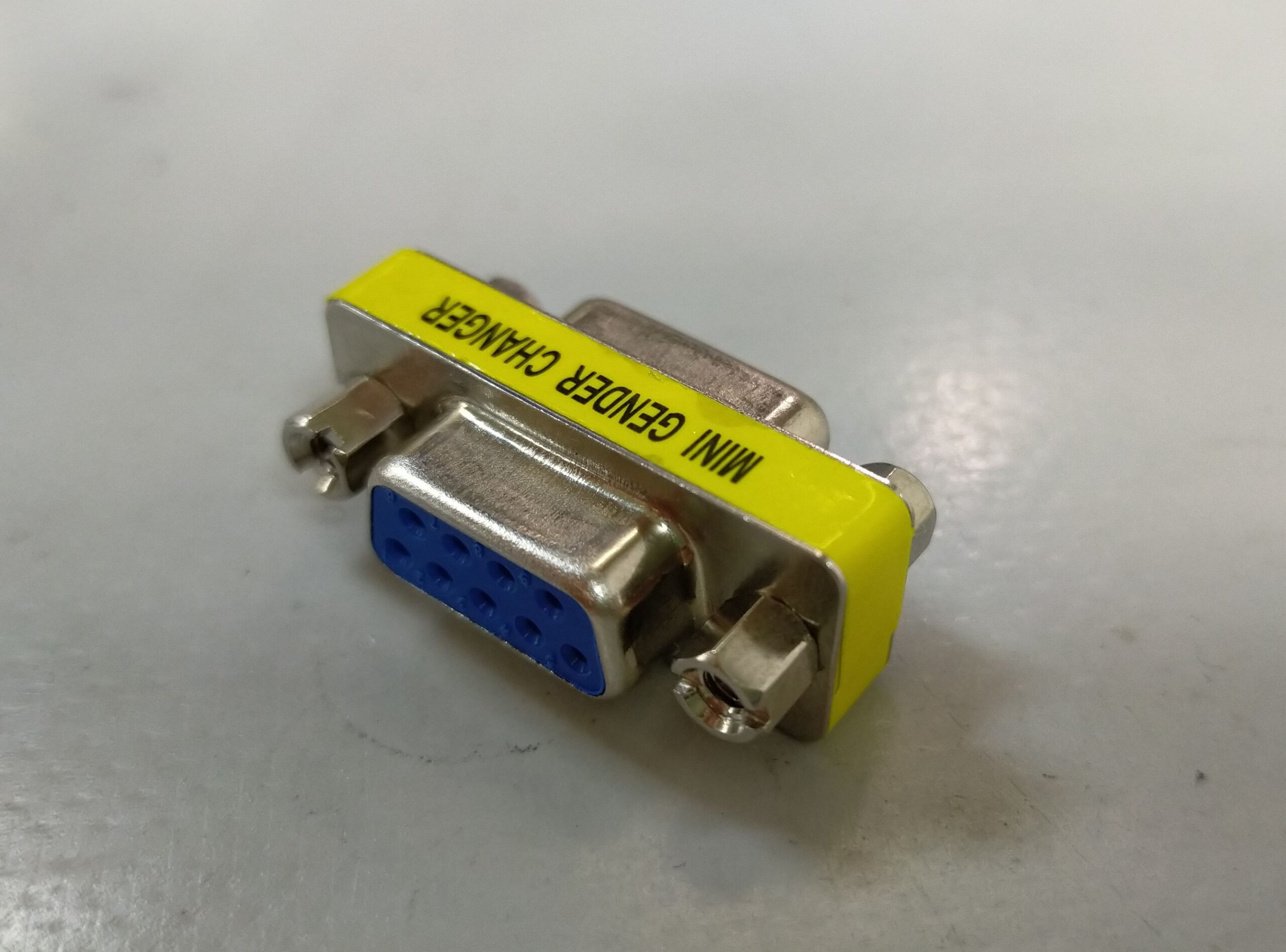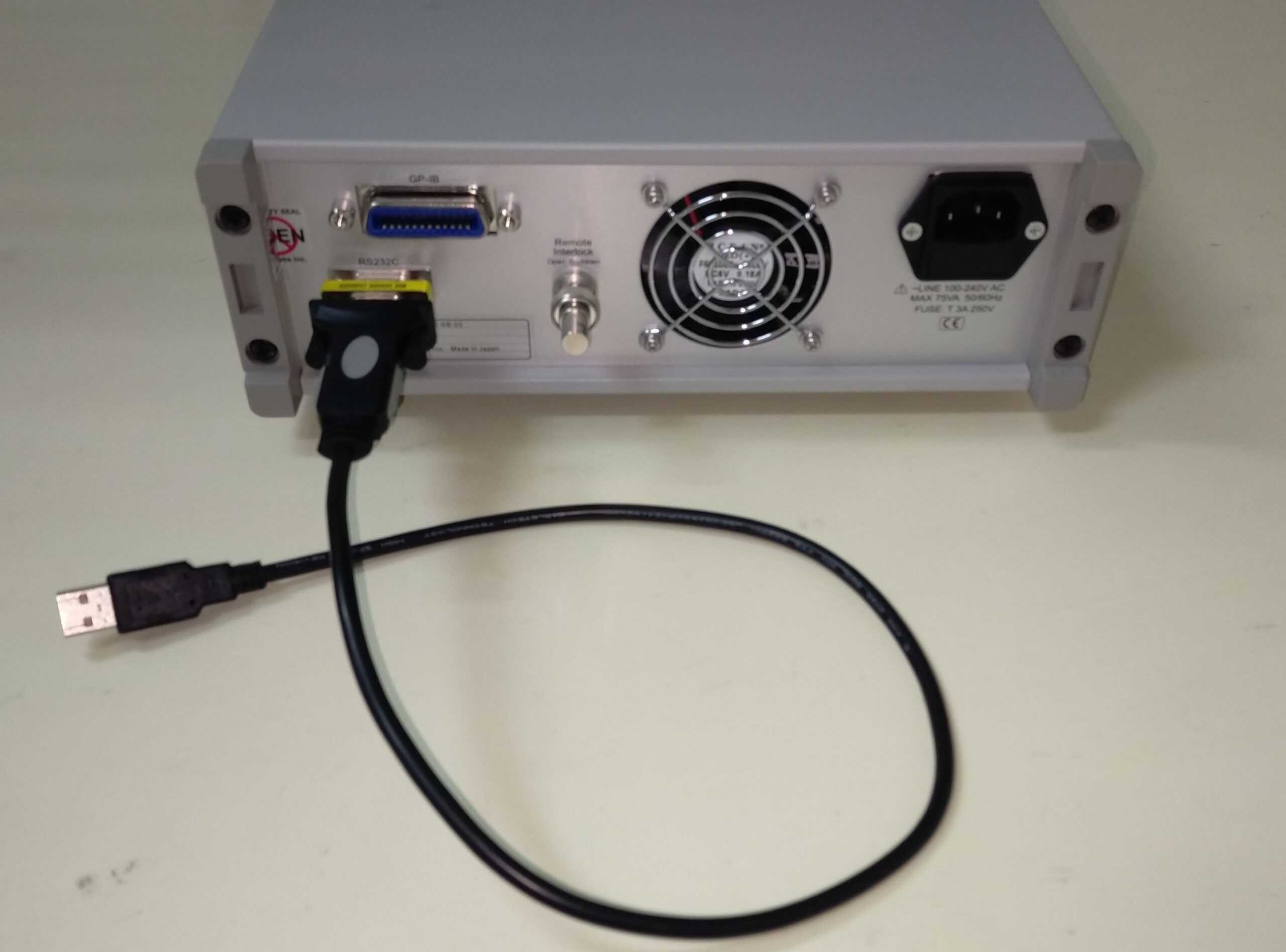JAPANESE / ENGLISH

JAPANESE / ENGLISH
Last updated on 03/8/2023
Many of latest FiberLabs’ optical instruments, for example bench-top and rack-mount fiber amplifiers, have an RS-232C remote control interface. The connector type of the RS-232C interface on our instruments is DB9 (D-sub 9 pin), as it was very common that a computer has a DB9 serial port. Now the DB9 port has disappeared and replaced by a USB port.
In this post, we share information how we conduct RS-232C remote control of our instruments using a USB-serial converter. Though we have only confirmed that it works well for our lab and manufacturing environments, we believe the knowledge should be useful for users of our instruments. We hope this piece of information is of some help and you do not waste time on the same issues that we have experienced.
We internally use the Wiretek VE 488 as a USB-serial converter. The FTDI FT232RL converter chipset is used inside the converter cable.

Figure 1: Wiretek VE 488 USB-serial converter.
In the past, we used several USB-serial converters based on Prolific PL2303 converter chipset. They are however no longer our first choice as we often suffered driver issue on Windows 10 environment. There are many external blog posts reporting the same issue, and they also suggest solutions. The solutions worked for us as well, so if you already have a converter based on the chipset, please refer to the following link to fix the issue.
In many cases, a DB9 female-to-female gender changer is also needed to connect the converter cable to a FiberLabs’ instrument (equipped with a DB9 male connector). This is because most USB-serial converters come with a DB9 male connector. Indeed, the Wiretek VE488 that we use also comes with a male connector.

Figure 2: DB9 gender changer

Figure 3: USB-serial cable and DB9 gender changer
attached onto FiberLabs’ bench-top chassis
Instead of using a female-to-female gender changer, we also use a female-to-female RS-232C DB9 straight-through cable. It is convenient when you cannot place your control computer near the instrument. Please make sure to choose a straight-through cable, not other types.
In principle, you should be able to use a combination of a male-to-female RS-232C DB9 straight-through cable and a DB9 female-to-female gender changer, though we have never tested it by ourselves.